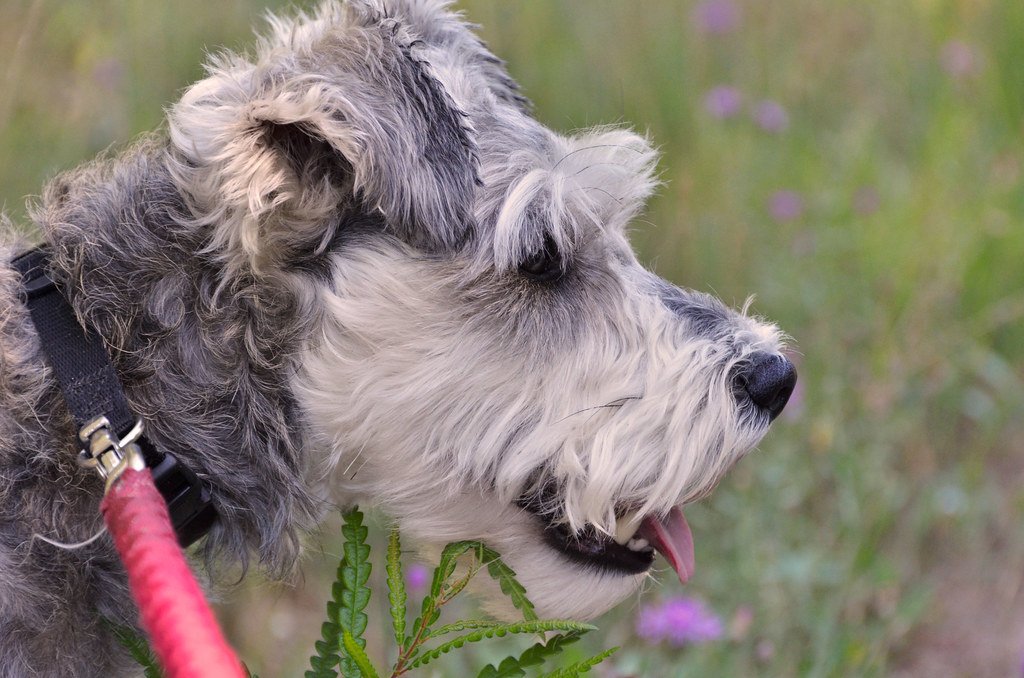Have you ever looked into your dog’s eyes and wondered if they’d love a furry partner-in-crime? The thought of adding another wagging tail to your home can be both exciting and nerve-wracking. While double the dogs might mean double the fun, it can also bring double the challenges. Before you jump in, let’s talk about what really matters. As someone who’s shared life with more than one canine, I know the joys—and the wild surprises—that come with a two-dog household. Here’s what you absolutely need to know before welcoming a second pup into your pack.
1. Your First Dog’s Personality Is Everything

Every dog is unique—some adore new friends, while others prefer solo adventures. Before bringing home a second dog, ask yourself: does your current dog get along well with other dogs? Signs of a social pup include relaxed body language when meeting new dogs, playful bows, and a wagging tail that’s loose and happy.
But if your dog often growls, avoids, or stiffens around other dogs, introducing a new canine sibling might stir up anxiety instead of joy. I’ve seen dogs blossom with a buddy, but also witnessed tensions that turned dinner time into a standoff. A little self-reflection here can save a lot of heartache later.
2. Double the Dogs, Double the Costs
It’s easy to forget how quickly expenses add up: food, toys, vet bills, grooming, and emergency care. Multiply that by two, and suddenly your pet budget stretches thin. Flea prevention, annual check-ups, and dental cleanings all cost more with an extra mouth to care for.
Don’t let the excitement overshadow financial planning. I once underestimated how much two dogs would eat, and let’s just say, my grocery bill was the first wake-up call. Make sure you’re prepared—emotionally and financially—to care for both dogs at their best.
3. Smooth Introductions Matter More Than You Think
The way you introduce your dogs can set the tone for their entire relationship. Neutral territory is key: a park walk or backyard is better than your living room. Watch for friendly signals: relaxed bodies, gentle sniffing, and happy tails. If you notice stiff posture, raised hackles, or hard stares, pause and give them space.
Patience is your best friend here. Let them interact in short bursts, always supervised, and separate them at the first sign of tension. I’ve seen even the most easy-going dogs get overwhelmed by a new arrival. Slow, steady introductions build trust and sidestep unnecessary drama.
4. Attention, Training, and Fairness Go a Long Way
Dogs notice if one gets more treats, cuddles, or playtime. Sibling rivalry is real—just like with kids! Make sure you spend one-on-one time with each dog, reinforcing good manners and building your bond. It helps prevent jealousy and keeps training on track.
Set clear house rules early. Maybe your new pup is a sock thief or your first dog likes to guard the couch. Consistency is key. When both dogs know what’s expected, harmony comes easier. And don’t forget—training is a lifelong journey, especially with a growing pack.
5. Health Checks and Prevention Are Non-Negotiable
Before you bring home dog number two, make sure both dogs are up-to-date on vaccines and parasite prevention. A new dog can bring in fleas, ticks, or even contagious illnesses. A quick vet check ensures everyone starts off healthy and protected.
Keep an eye out for changes in appetite, energy, or behavior—sometimes a new dynamic can stress dogs out, leading to tummy troubles or grumpiness. Regular check-ins with your vet help catch issues early, so both pups stay happy and thriving. Prevention is always easier than cure when it comes to your furry family.

Esther is from India; the heartbeat of South Asia, holding a Master’s degree in Zoology and a postgraduate diploma in Animal Welfare. Her enthusiasm for animal welfare drives her passion and dedication to working for animals, ensuring their well-being, and advocating for their rights. With a solid academic background and hands-on experience, she is committed to making a positive impact in the field of animal welfare. In her free time, she enjoys embroidery and sewing. As a Chennaite from Tamil Nadu, Esther loves Bharathanatyam, an Indian classical dance form.





